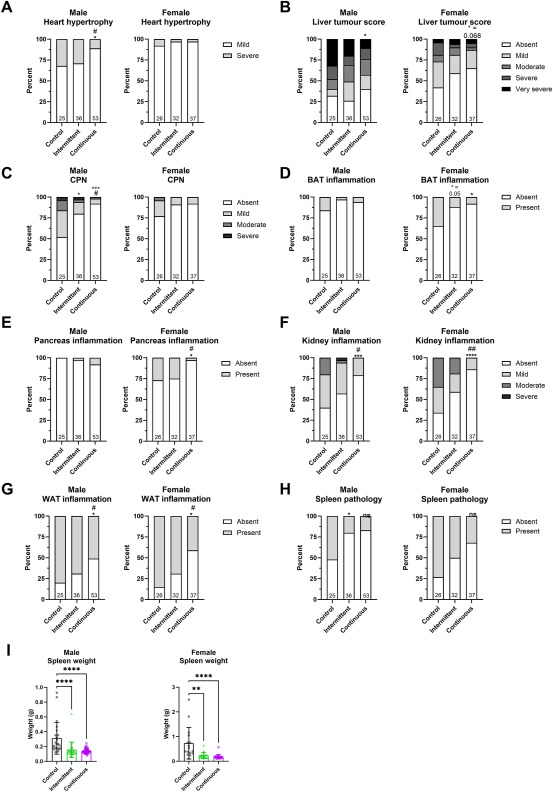
Title: Low-Dose Rapamycin Demonstrates Potential in Enhancing Muscle Mass and Alleviating Pain in Older Women
A pioneering year-long clinical study has shown that low-dose rapamycin—a medication typically utilized to prevent organ rejection in transplant recipients—may provide considerable advantages for healthy aging, particularly in boosting muscle mass and alleviating pain in older women. The findings signal a possible transformation in how we tackle age-associated physical decline and enhance the overall quality of life for aging populations.
The PEARL Trial: Exploring Rapamycin’s Role in Promoting Healthy Aging
The Participatory Evaluation of Aging with Rapamycin for Longevity (PEARL) trial, carried out by researchers at AgelessRx and published in the journal Aging on April 4, 2024, represents the most extensive research thus far examining rapamycin’s impact on healthy middle-aged and older individuals. Renowned for its life-prolonging effects in model organisms such as mice, worms, and yeast, rapamycin has captivated scientists as a potential agent for decelerating human aging. However, up until now, clinical data in human subjects has been sparse.
The double-blind, placebo-controlled investigation monitored 114 adults aged 50–85 over a period of 48 weeks. Participants were randomly assigned to three groups: one received a placebo, while the others were administered either 5 mg or 10 mg of compounded rapamycin weekly. Throughout the study, participants underwent various thorough evaluations, including DEXA body scans to assess body composition, blood tests, and surveys evaluating both physical health and emotional wellness.
Key Findings: Enhanced Muscle Mass and Pain Relief for Women
While the central objective of the trial—reducing visceral fat—was not met, researchers noted significant secondary advantages. Notably, women taking 10 mg of rapamycin weekly exhibited impressive increases in lean muscle mass and reported considerable decreases in physical discomfort. These advancements are particularly noteworthy considering the well-recognized difficulties that aging women encounter with sarcopenia (age-related muscle loss) and chronic pain following menopause.
Participants receiving the lower 5 mg dosage also reported favorable results, such as improved emotional wellness and better self-assessed overall health, suggesting that rapamycin’s effects may reach beyond physical modifications to impact mood and psychological fortitude.
Understanding Rapamycin’s Mechanism: Targeting the mTOR Pathway
Rapamycin functions on a crucial cellular regulator called mTOR (mechanistic target of rapamycin), which governs cell growth, metabolism, and the aging process. Chronic overactivation of the mTOR pathway has been linked to the onset of various age-associated ailments, including cancer, diabetes, and neurodegeneration. By partially modulating this pathway, rapamycin may alleviate cellular stress and encourage mechanisms like autophagy (the clearing and recycling of impaired cells), thus facilitating healthier aging on a biological front.
What Distinguishes the PEARL Trial?
The PEARL trial stands out not only for its duration—it is the longest study of rapamycin involving healthy human participants—but also for its emphasis on preventive aging methodologies. Most earlier human trials on rapamycin have been of short duration or focused on individuals with particular health concerns. By recruiting generally healthy adults and investigating long-term safety and efficacy, this study provides essential data to the burgeoning field of longevity medicine.
Safety and Limitations
Importantly, rapamycin was well-tolerated by participants. The occurrence of serious adverse events showed no significant difference between the rapamycin and placebo cohorts, and while some users of rapamycin reported mild gastrointestinal discomfort, no severe side effects were documented.
Nonetheless, the researchers caution that their findings are preliminary. The participant population was relatively modest—particularly among female participants, totaling merely 40—and all were generally health-conscious, which could restrict the generalizability of the findings. Additionally, the study utilized compounded rapamycin that was subsequently found to have diminished bioavailability (approximately two-thirds less than commercial formulations), indicating that participants may have received lower effective doses than intended.
The Path Forward: Toward Wider Applications in Longevity Medicine
Dr. Stefanie Morgan, the lead author of the research, stressed that while the preliminary results are encouraging, additional investigations are needed. “We require larger, more diverse study groups and a broader array of dosing strategies to fully grasp how rapamycin can be best utilized to support healthy aging,” she remarked.
The PEARL trial contributes to the expanding collection of research endorsing the field of geroscience, which aims not only to treat individual age-related ailments but also to address the fundamental biological transformations that drive aging itself. The objective is to devise interventions that can postpone or avert multiple conditions concurrently by tackling the root causes of aging.
Should You Consider Taking Rapamycin?
While the findings from the PEARL trial present exhilarating new possibilities, rapamycin remains a prescription-only medication in many countries and carries inherent risks. Given its conventional use